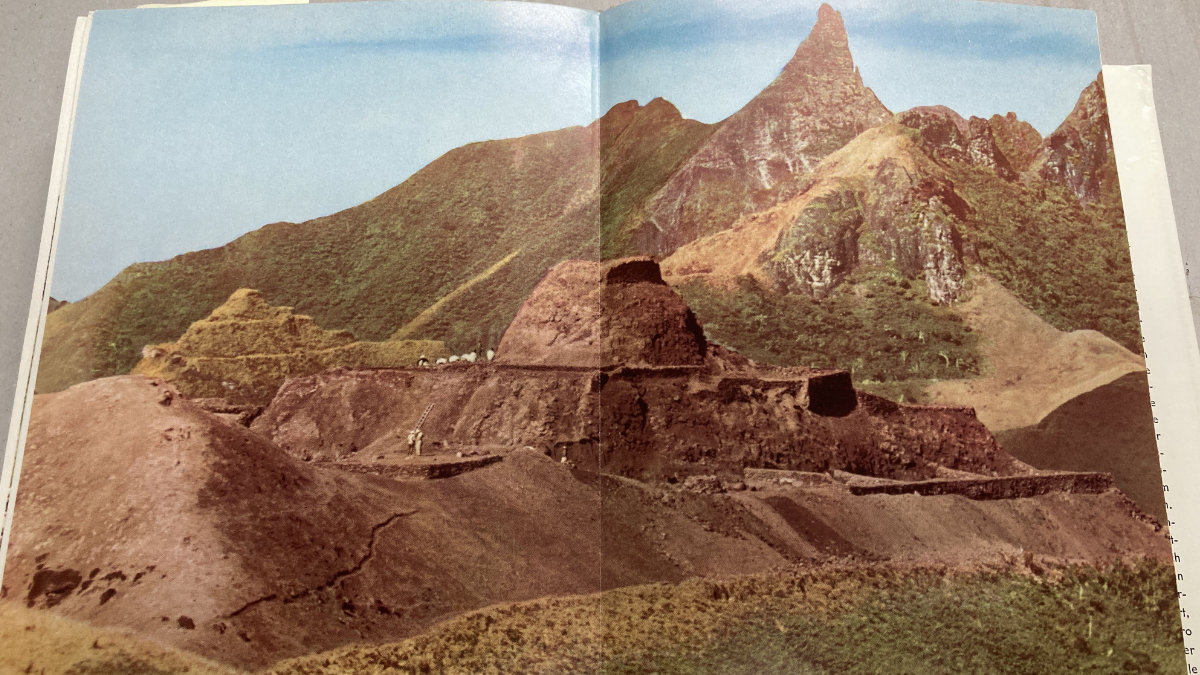Usually it is artists who are recognised and honoured posthumously. In this case, it is a deceased scientist who is being paid homage to almost 20 years after his death. With the title Thor Heyerdahl was right after all (Bild der Wissenschaft 2020) or The Trail of the Ancestors (SZ 2020), Thor Heyerdahl’s hypotheses and theories are now finally accepted. Thor Heyerdahl, born in Norway in 1914, died in Italy in 2002, attracted worldwide attention as an explorer, archaeologist, anthropologist, ethnologist and environmental activist.
He became famous through numerous expeditions, which he meticulously documented in books. Thor Heyerdahl was a pioneer of experimental archaeology. His most famous expedition Kon-Tiki (1947) was even made into a film ten years after his death.










